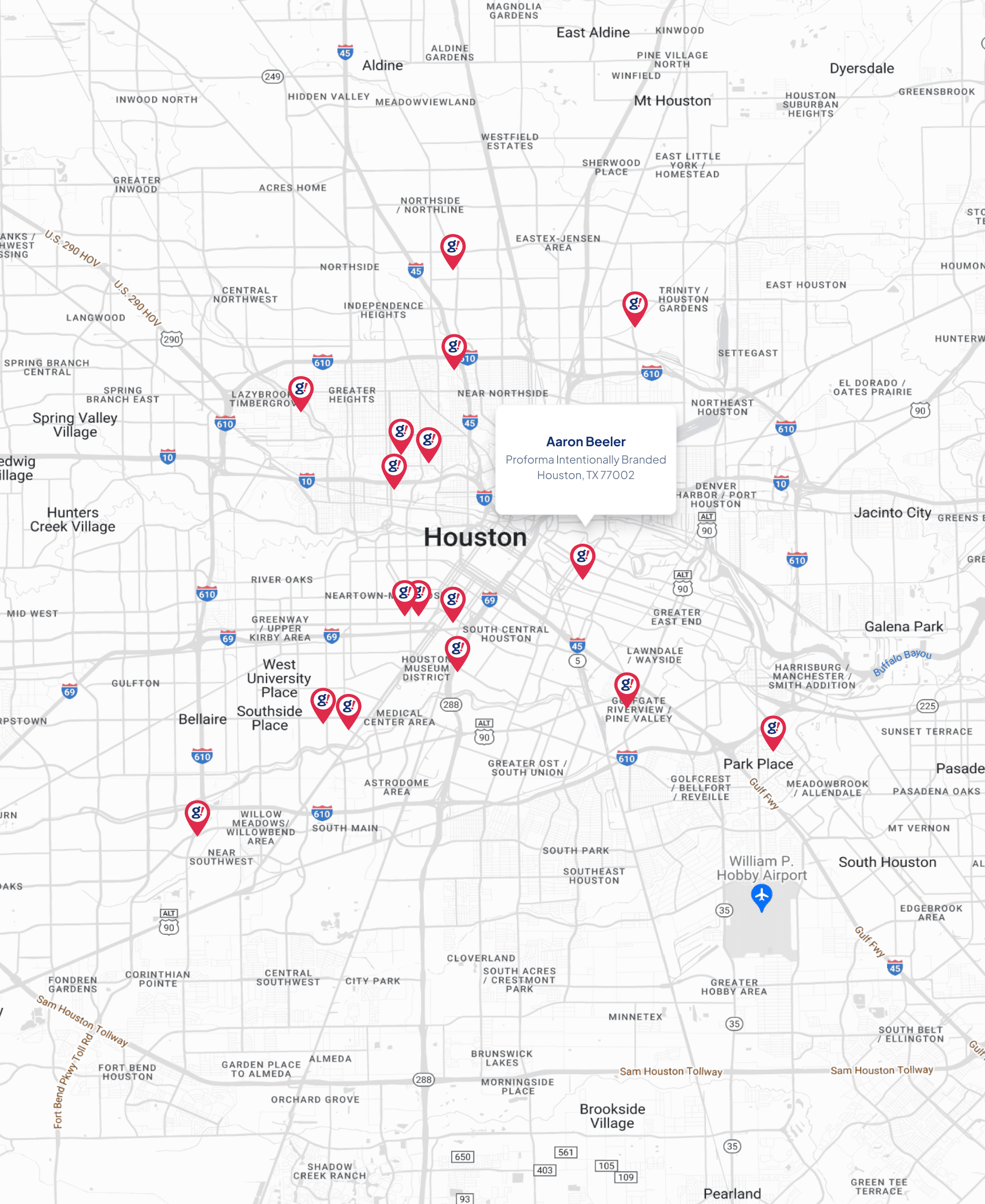Content marketing has always been one of the most powerful ways for small and medium-sized businesses to attract customers, build trust, and grow organically. But in 2026, the panorama looks different from anything SMBs have seen before!
AI is now the norm, customer expectations are higher, and competition is smarter.
The businesses that win this year will not be the ones creating the most content. They will be the ones creating the right content, delivered consistently, strategically, and supported by smart technology.
If you want your business to stay visible, relevant, and competitive, here are the content marketing trends you CANNOT afford to ignore in 2026.
1. Authenticity Is Beating Automation
AI can generate content faster than any human, but customers are becoming better at detecting what feels generic or recycled. In 2026, authenticity has become a major differentiator. You don’t want your content to be just another “AI Post.”
SMBs that combine AI efficiency with human insight create creative content that resonates more deeply and builds trust. People want to hear your real stories, experiences, and perspectives, not a robot’s approximation of them…
The winning formula this year is simple: AI helps you scale, and humans keep your voice real.
2. Consistency Matters More Than Volume
Many SMBs still believe they need to produce massive amounts of content to rise in search rankings or stay visible online. The truth in 2026 is that high frequency without strategy does very little.
Search engines now reward businesses that publish:
- Useful content
- Well written content
- Consistent content
In other words, it is better to publish once a week with a clear purpose than to post daily without direction. Consistency signals credibility, and credibility improves your ranking, visibility, and conversions.
3. Localized Content Is Becoming a Major Ranking Factor
With AI-generated content flooding the internet, Google and other search engines are prioritizing content that proves true relevance. Localized content has become one of the strongest signals you can send.
This includes:
- Content that references your city or service area
- Blogs that address local events or seasonal trends
- Guides tailored to the problems of customers in your region
For SMBs, localized content is one of the fastest ways to stand out from generic competitors and appear in more search results that convert.
4. Video and Micro Content Are Dominating Discovery
Short video continues to be a major force in 2026… Customers want fast, digestible insights, not long, overproduced commercials.
Micro formats that work especially well now include:
- Ten to thirty-second informative clips
- Quick FAQs
- Behind the scenes snippets
- Simple product or service demos
Video is not replacing written content, but it is making it easier for SMBs to reach people where they are spending the most time. The companies using both formats together are seeing the strongest traction.
5. AI Assisted Content Engines Are Becoming Standard
Businesses in 2026 are no longer asking whether they should use AI in content creation. They are asking how to use it correctly.
The biggest shift is the rise of AI assisted content engines that automate routine publishing, optimize topics, and support ongoing SEO. These systems give SMBs the advantage of scale without requiring a full marketing team.
This is exactly why platforms like Gotcha!’s g!Stream exist. They help you maintain consistency, publish high quality SEO rich content, and grow your visibility while you stay focused on operations. AI is no longer optional. It is the foundation of modern content strategy.
6. Long Form and Keyword Rich Content Is Making a Comeback
With so much short content online, search engines are rewarding businesses that create in depth, authoritative pieces. Long form blogs, guides, and educational resources are performing better than ever in 2026.
Customers are also craving clarity. They want content that answers real questions, explains real problems, and helps them make informed decisions. The more thorough your content, the more trust you build and the more likely customers are to choose you over competitors.
7. Content Is Becoming a Full Funnel Strategy
In 2026, content cannot just build awareness. It must guide customers from discovery to decision. That means your content needs to serve every stage of the buying journey.
Top of Funnel
- Helpful blogs
- Educational videos
- Community or local content
Middle of Funnel
- Comparisons
- Case studies
- How to content
Bottom of Funnel
- Testimonials
- Success stories
- Detailed service explanations
SMBs that organize content strategically across the funnel are seeing significantly higher conversions.
Final Takeaway: Content in 2026 Belongs to the SMBs Who Work Smarter
The rules of content marketing have changed, but the opportunity has never been greater. You do not need the biggest budget or the flashiest campaigns. You need clarity, consistency, and a system that works.
When AI handles the heavy lifting and human expertise guides the strategy, your content becomes a long-term growth engine.
This is the future of content marketing in 2026, and the SMBs who embrace it will lead their markets with confidence.








